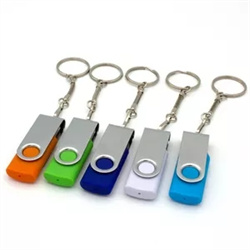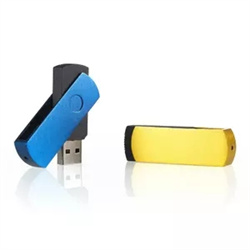The standard composition of U disk
The USB specification is divided into 5 parts, namely the controller, the controller driver, the USB chip driver, the USB device, and the client device driver for different devices.
Controller (Host Controller): This is a physically existing chip, which is mainly responsible for executing commands issued by the controller driver. At present, almost all the controllers are integrated into the southbridge chip of the motherboard, and there is no need for users to purchase them separately.
Host Controller Driver: Establish a communication link between the USB and the controller.
USB Chip Driver: Provides support for USB.
USB Device: USB peripherals connected to the PC, including USB hubs and devices. The former can be connected to other USB devices, while the latter is a specific device used to complete specific functions.
Client Driver: A driver used to drive a USB device, usually provided by the USB device manufacturer or operating system.












The storage principle of U disk
The computer converts the binary digital signal into a composite binary digital signal (adding instructions for distribution, checking, stacking, etc.) to read and write to the USB chip adapter interface, and store the binary data at the corresponding address allocated to the EPROM2 memory chip through the chip processing signal to realize the data storage. EPROM2 data memory, its control principle is the voltage control of the voltage of the gate transistor, and the junction capacitance of the gate transistor can store the voltage value for a long time, which is why the USB can save data after the power is turned off.



















